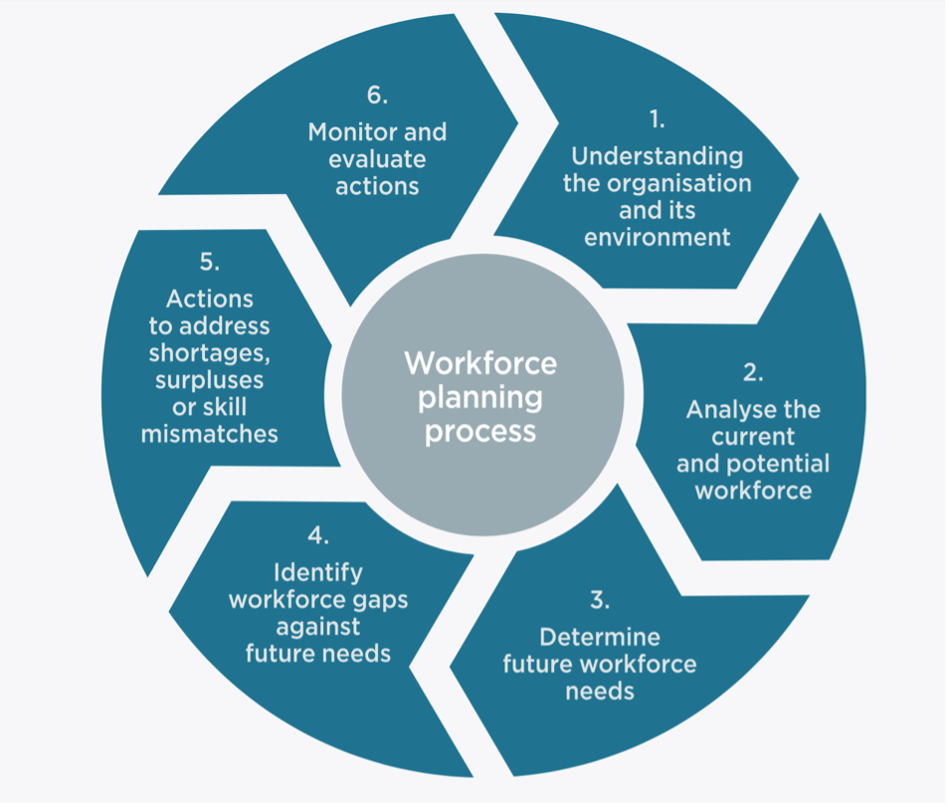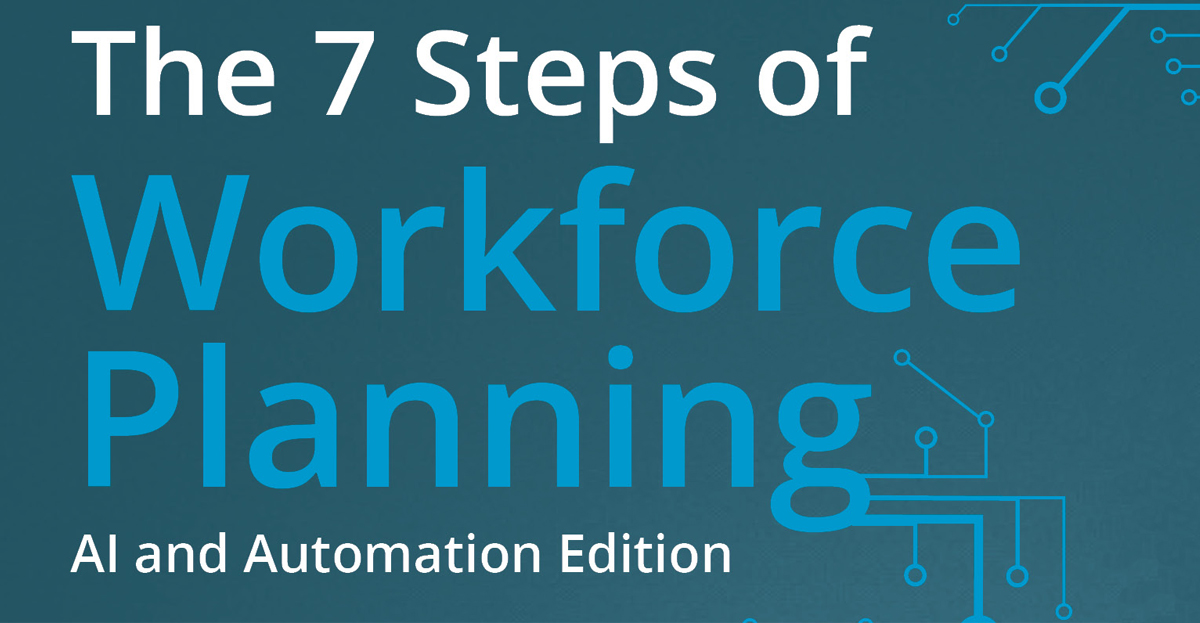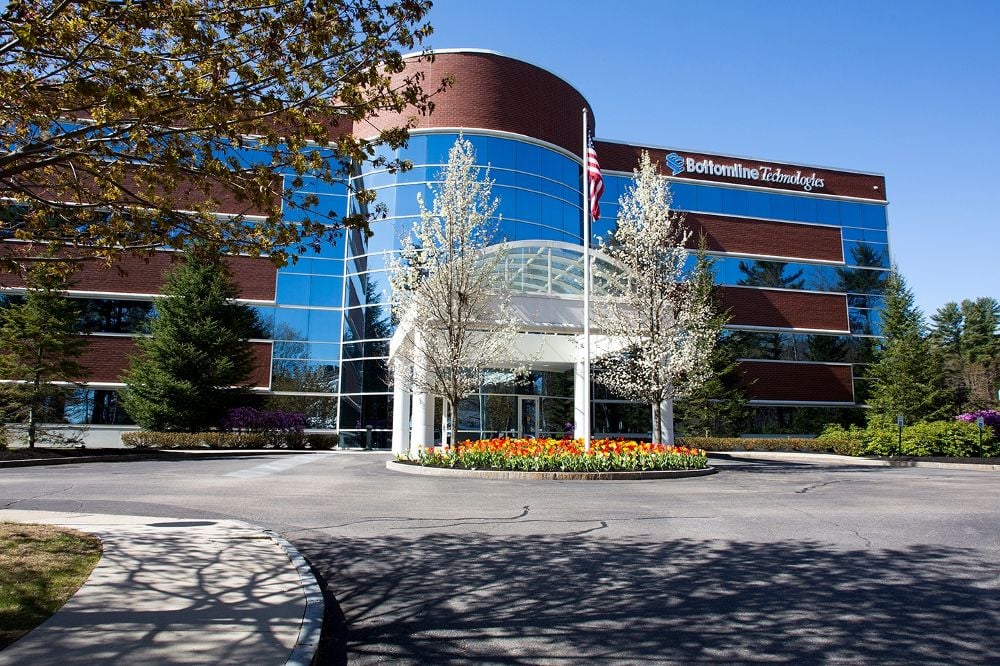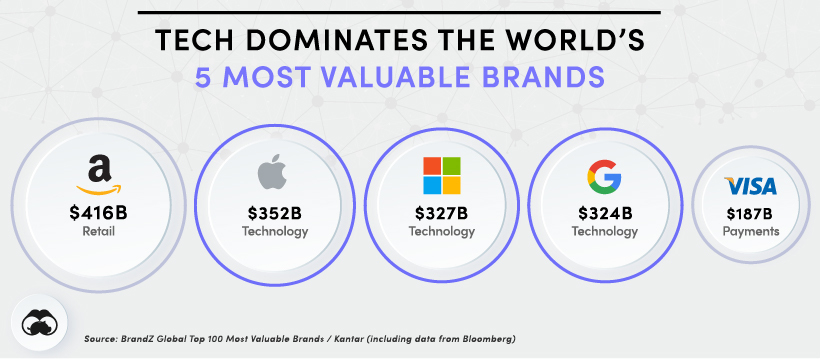Workforce Planning Technology: Optimizing Human Capital
Workforce planning technology is transforming the way organizations manage their most valuable asset – their people. This technology empowers businesses to make data-driven decisions about their workforce, from recruitment and […]

Workforce planning technology is transforming the way organizations manage their most valuable asset – their people. This technology empowers businesses to make data-driven decisions about their workforce, from recruitment and training to performance management and succession planning. By leveraging advanced analytics, automation, and artificial intelligence, workforce planning solutions are revolutionizing the way organizations optimize their human capital, enabling them to achieve strategic goals and gain a competitive edge.
From traditional manual processes to modern technology-driven approaches, workforce planning has evolved significantly. The advent of AI and ML has further accelerated this evolution, enabling organizations to analyze vast amounts of data, identify trends, and predict future workforce needs with unprecedented accuracy. This shift towards data-driven decision-making is empowering organizations to make informed decisions about their workforce, ensuring they have the right people with the right skills in the right place at the right time.
Types of Workforce Planning Technology
Workforce planning technology encompasses a range of tools and solutions designed to streamline and optimize workforce management processes. These solutions are categorized based on their deployment model, target industry, and functionalities.
Cloud-based Workforce Planning Solutions
Cloud-based workforce planning solutions are hosted on remote servers and accessed through the internet. They offer a number of benefits, including:
- Scalability: Cloud-based solutions can easily scale up or down to meet changing business needs.
- Accessibility: Users can access the software from any device with an internet connection.
- Cost-effectiveness: Cloud-based solutions often have a lower upfront cost than on-premise solutions.
- Automatic Updates: Cloud-based solutions are automatically updated with the latest features and security patches.
Popular examples of cloud-based workforce planning solutions include:
- Workday
- Oracle HCM Cloud
- SAP SuccessFactors
On-premise Workforce Planning Software
On-premise workforce planning software is installed and run on a company’s own servers. This approach offers a high level of control and customization, but it also requires significant upfront investment and ongoing maintenance.
- Control: On-premise solutions offer complete control over data security and access.
- Customization: On-premise solutions can be customized to meet the specific needs of a company.
- Integration: On-premise solutions can be integrated with other existing systems.
Examples of on-premise workforce planning software include:
- IBM Kenexa
- PeopleSoft
- Infor HCM
Specialized Workforce Planning Tools for Specific Industries, Workforce planning technology
Specialized workforce planning tools are designed to address the unique needs of specific industries. These tools may include features such as:
- Industry-specific analytics and reporting
- Pre-built templates for common workforce planning tasks
- Integration with industry-specific data sources
Examples of specialized workforce planning tools include:
- Healthcare workforce planning tools
- Financial services workforce planning tools
- Retail workforce planning tools
Case Studies and Best Practices

Workforce planning technology has proven its worth in various organizations across different industries. By leveraging these technologies, businesses can gain valuable insights into their workforce, optimize resource allocation, and enhance overall organizational performance.
Examples of Successful Implementations
Several organizations have successfully implemented workforce planning technology to achieve significant improvements in their workforce management. These case studies provide valuable insights into the strategies and best practices that contribute to positive outcomes.
| Organization Name | Industry | Technology Implemented | Key Results Achieved |
|---|---|---|---|
| IBM | Technology | IBM Kenexa | Improved workforce planning and talent management processes, reduced time-to-hire, and enhanced employee engagement. |
| Walmart | Retail | Workday | Optimized workforce scheduling, reduced labor costs, and improved customer service. |
| Amazon | E-commerce | Amazon’s internal workforce planning system | Streamlined hiring and onboarding processes, reduced turnover, and improved employee retention. |
Best Practices for Implementing Workforce Planning Technology
Implementing workforce planning technology effectively requires a strategic approach and adherence to best practices.
- Define Clear Goals and Objectives: Clearly define the specific goals and objectives that the technology is intended to achieve. This helps in selecting the right technology and measuring its impact.
- Involve Key Stakeholders: Engage all relevant stakeholders, including HR professionals, managers, and employees, in the implementation process. This ensures buy-in and facilitates a smooth transition.
- Choose the Right Technology: Select a workforce planning technology that aligns with the organization’s specific needs and goals. Consider factors such as scalability, integration capabilities, and user-friendliness.
- Develop a Comprehensive Implementation Plan: Create a detailed implementation plan that Artikels the steps, timelines, and resources required. This ensures a structured and organized rollout.
- Provide Adequate Training and Support: Offer comprehensive training and ongoing support to users to maximize the adoption and utilization of the technology.
- Monitor and Evaluate Results: Regularly monitor the performance of the workforce planning technology and evaluate its impact on key metrics. This allows for continuous improvement and optimization.
Summary: Workforce Planning Technology

In today’s dynamic business environment, workforce planning technology is no longer a luxury but a necessity. By embracing these advanced solutions, organizations can unlock the full potential of their workforce, improve productivity, reduce costs, and achieve sustainable growth. The future of workforce planning is bright, with continued advancements in AI, ML, and other emerging technologies promising even more innovative solutions to address the evolving needs of modern organizations.
Workforce planning technology helps organizations anticipate future needs and make strategic decisions. This includes identifying potential skill gaps and ensuring the right talent is available. A key element of this process is effective communication, and writing assistive technology can play a crucial role in crafting clear and concise documents that convey complex workforce planning concepts to stakeholders.






